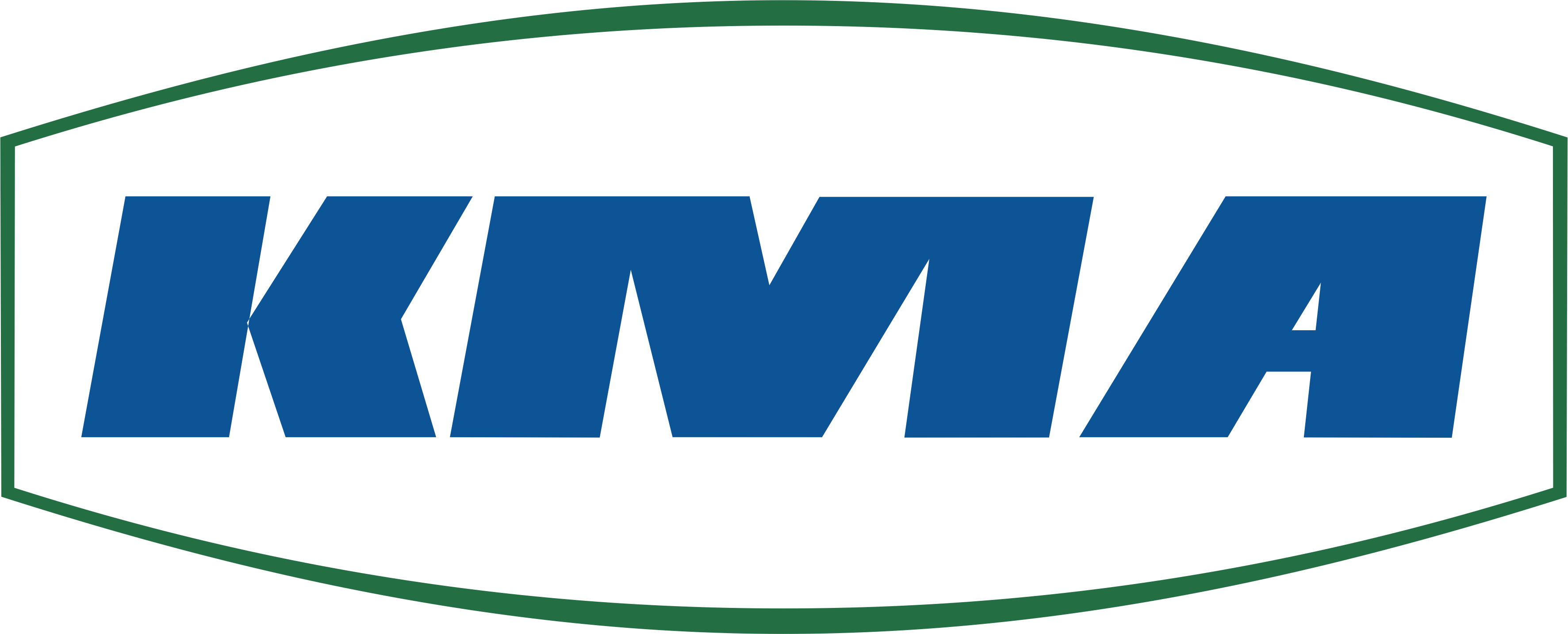Emission limit value
Emission limit value
The term emission limit value describes the maximum upper limit for the emission of CO2 (carbon), noise and other environmentally harmful substances in road traffic, everyday life and production plants to the environmental media air, water and soil. These limits are set based on scientific and economic criteria. However, legal regulations also stipulate emission limit values on national and regional levels. Environmental policy defines limits for the emission of CO2 and other environmentally harmful substances and exhaust gases. These regulations focus in particular on CO2 and nitrogen oxide emissions. These gases contribute significantly to the greenhouse effect and therefore to global warming.
Production plants, in particular industries with high emissions e.g. die casting, food processing or textile finishing, are therefore subject to strict requirements for compliance with limits on CO2 emissions, clean air content and the emission of pollutants or odors. The pollution in the exhaust air in such industries is often caused due to evaporating lubricants or abhesives or by emissions such as smoke, dust or aerosols containing fat and tar, as occuring during the smoking or deep-frying process.
In order to comply with the statutory emission limits, companies therefore use exhaust air purification systems in their production plants. In order to avoid the emission of further pollutants through the use of fossil fuels, these exhaust air filtration systems have to be energy-efficient, but at the same time have to achieve a high separation efficiency in order to avoid back-to-back filtration cycles. The high-performance exhaust air filtration systems KMA ULTRAVENT® and KMA AAIRMAXX® by KMA Umwelttechnik are specifically adapted to these requirements. Depending on application and composition, they achieve a COP of up to 95 %. This high value results from the very high separation efficiency of up to 99.8 % with only very low energy consumption. To purify an exhaust air volume of 5000 m3/h an electrostatic precipitator cell requires the approximate energy consumption of a 100 W light bulb.







